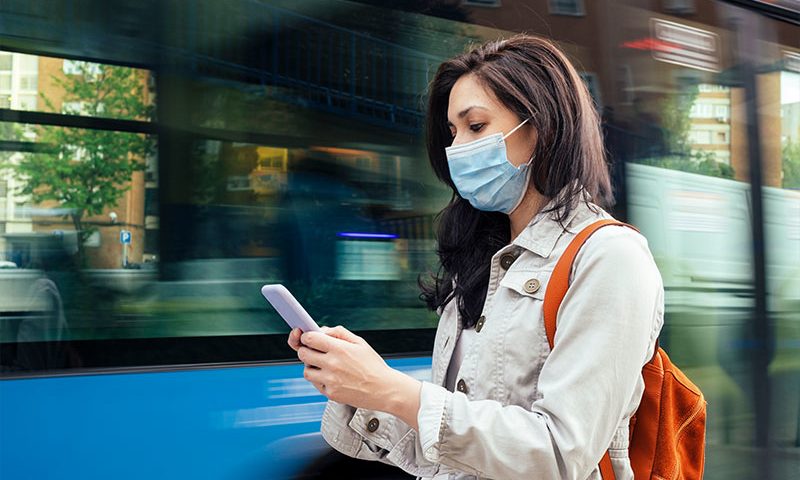A study from Google and epidemiology researchers at Oxford University found that digital contract tracing using a network of smartphones could potentially help stem the spread of the novel coronavirus, even if a relatively small number of people download the app.
In late May, Google and Apple debuted a software development kit that would enable smartphones to ping each other using Bluetooth, and log which devices have come within a certain physical range. If the user of one of those phones were to test positive for COVID-19, then others could be alerted to a potential exposure and self-isolate or seek testing if possible.
The modeling study, which has been published on the pre-print server medRxiv, and has yet to be peer-reviewed, centered around the three counties encompassing the Washington cities of Seattle, Tacoma and Everett. The researchers projected that the more people who used the exposure notification system, the greater the reduction in coronavirus transmissions.
“We’ve been exploring different digital contact tracing uptake levels for some time in the U.K.,” said co-lead author Christophe Fraser, a group leader in pathogen dynamics at Oxford’s Nuffield Department of Medicine and an advisor to the U.K. government’s test and trace program.
“We see that all levels of exposure notification uptake levels in the U.K. and the U.S. have the potential to meaningfully reduce the number of coronavirus cases, hospitalizations and deaths across the population,” Fraser said. “For example, we estimate that in Washington State, a well-staffed manual contact tracing workforce combined with 15% uptake of an exposure notification system could reduce infections by 15% and deaths by 11%.”
The researchers combined real-world data with an epidemiological model, while considering the patterns that people take as they move among the home, workplace, school and other social gatherings.
“The analyses show that the simultaneous or independent deployment of both manual and digital tracing can help control the epidemic in King, Pierce and Snohomish counties, and should support local authorities to meet the key incidence metrics defined by the Safe Start Washington plan before December 2020,” said Google Research’s Matthew Abueg, who also served as co-author.
The study also explored the possibility of cross-border collaboration and the interoperability of contact-tracing programs.

